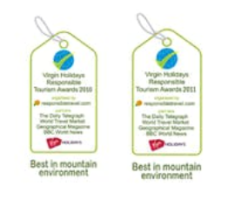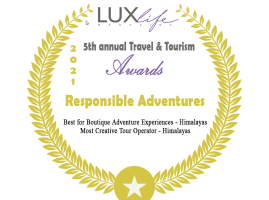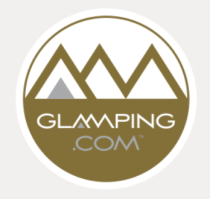Trekking in Nepal in January
January is the middle of winter and the coldest month in Nepal. Most people do not go trekking in Nepal for several reasons, such as fearing the extreme cold and heavy snowfall, which raises safety concerns. Little do they know that January is one of the best months to go trekking not only on Nepal’s lower altitude trek such as the Ghorepani route, Mardi Himal, and Everest Panorama but also on some of the well-trodden paths such as Gokyo Lakes and Everest Base Camp or Everest Base Camp or Annapurna circuit with Tilicho lake.
The last decade has seen a decrease in snowfall in January. However, there is precipitation for a few days every month, where it rains in the lower elevations while it snows in the higher mountains.
It is good to dress up in layers, which you can ‘peel’ one at a time when you start to warm/heat up as you begin trekking.
A friend and I personally did a winter trek of Annapurna Circuit with Tilicho Lake this January with relative ease. Most lodges have Internet connections with WIFI facilities; it is easy to check the weather forecast in advance. The online weather apps claimed temperatures to be -18 in places like Manang, 3500 meters, or even -24 on the Thorong La pass at 5416 meters. We were warm with our sleeping bags and an extra blanket. We were comfortable walking during the day and even perspired on uphill climbs. It is always better to be over-prepared rather than underprepared.
What to expect while trekking in January?
You can expect the temperatures to be colder, which ensures the clouds stay low, making the view of the mountains visible for most of the day, if not all day, for several days.
The trekking trails and the lodges will be less crowded, which makes it pleasant. There will be no queue for hot showers; your meals will be served faster. You might even have the lodge to yourself.
Try to have additional days if you intend to do high-altitude treks; the mountains’ weather can change with little warning. Sometimes snowfall can cut off high passes for a few days.
Beware of icy conditions on the trail when trekking in winter. Be extra careful when you pass villages higher than 2500 meters. The villagers leave the communal taps running to prevent them from freezing and pipes breaking. This can make the area near the faucet very icy and sleek.
Will the lodges and restaurants on the trekking trails be open?
Most lodges and restaurants in the lower elevations will remain open. However, some hostels are closed in the higher altitude villages as the owners go to warmer places like Kathmandu, Pokhara, or Chitwan. Some of the lodges are left to the employees to run during the winter off-season. You don’t have to worry; some clubs are open in the higher villages; otherwise, the person running the hostel will inform you if the lodges on your way are all closed.
What equipment to bring for Nepal trekking in January?
You are advised to dress up in layers during winter trekking in Nepal. It can be sunny during the daytime making it easier to take coats off as you begin to warm up. Good trekking boots are advised in preparation for possible snow and ice, along with thick socks. Thermal underwear, and Merino wool products, are a good investment if you plan to hike in high-altitude areas. They are supposed to stay odourless for up to two weeks; these will help if you feel the cold and can’t take showers for extended periods. An excellent windproof jacket and a thick winter trekking or down jacket will be helpful. Bring a suitable sleeping bag; if you feel cold, blankets are more readily available than during the peak season for additional warmth – do be warned, and some quilts can be smelly.
You are expected to eat at the lodge you plan to spend the night. However, they have a higher charge if you eat outside as their profit comes from your meals rather than the room charge.
Do I still need Trekking permits?
Yes, you will need trekking permits throughout the year. It is available in Kathmandu and Pokhara. You are also advised to have proper travel insurance covering helicopter evacuation in case of illness, accident, natural calamity, or political uprising.
Update: January 2021 – It rained in altitudes lower than 3000 meters, and higher altitude areas experienced snowfall during the first week of the new year. It was caused by the Western disturbances bringing a cold front for a couple of days in Nepal.
January 2020: Nepal, Sikkim, Darjeeling, and Bhutan experience early snowfall on the 3rd to 5 of the month. We experienced more precipitation on the 8th, 9th, 16th, and 17th of January. This year we experienced snowfall that was three times more than usual.
January 2019: It snowed in Eastern Himalayas on the 1st and 3rd of January. January 2019 experienced a good amount of rainfall and snowfall like it used to two decades ago.
Check out our Trekking packages for Nepal, Bhutan, India, and Tibet.
















